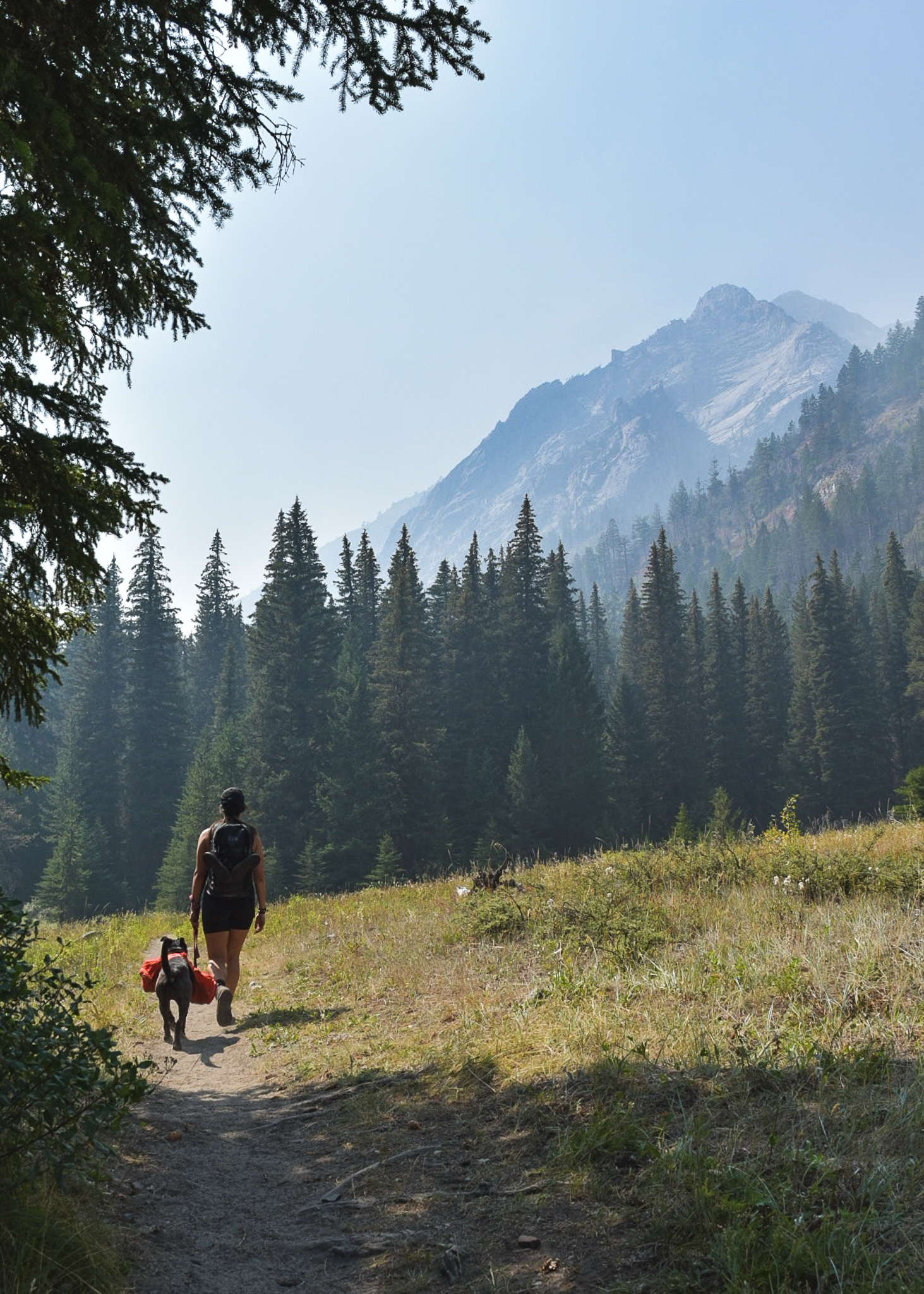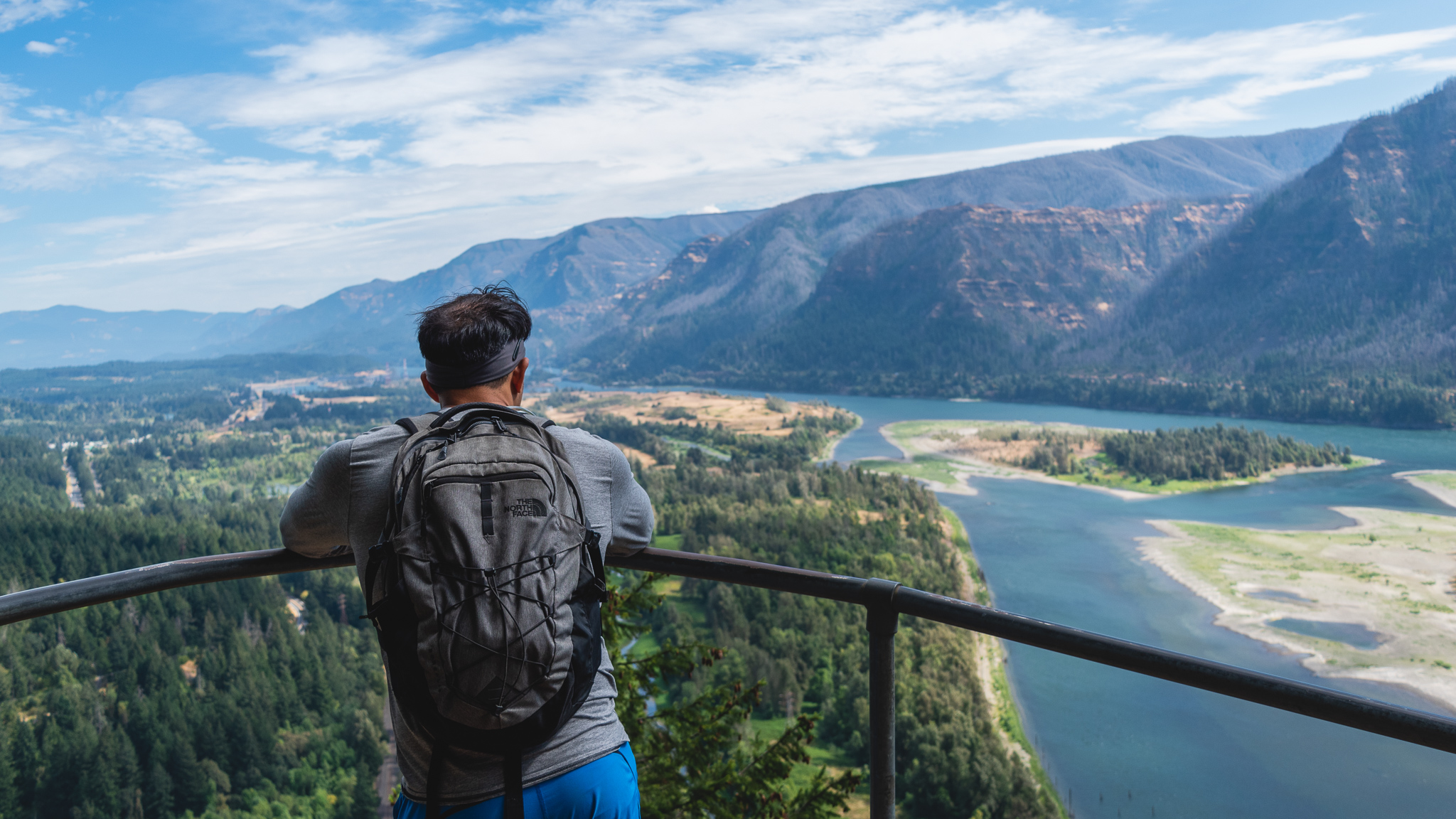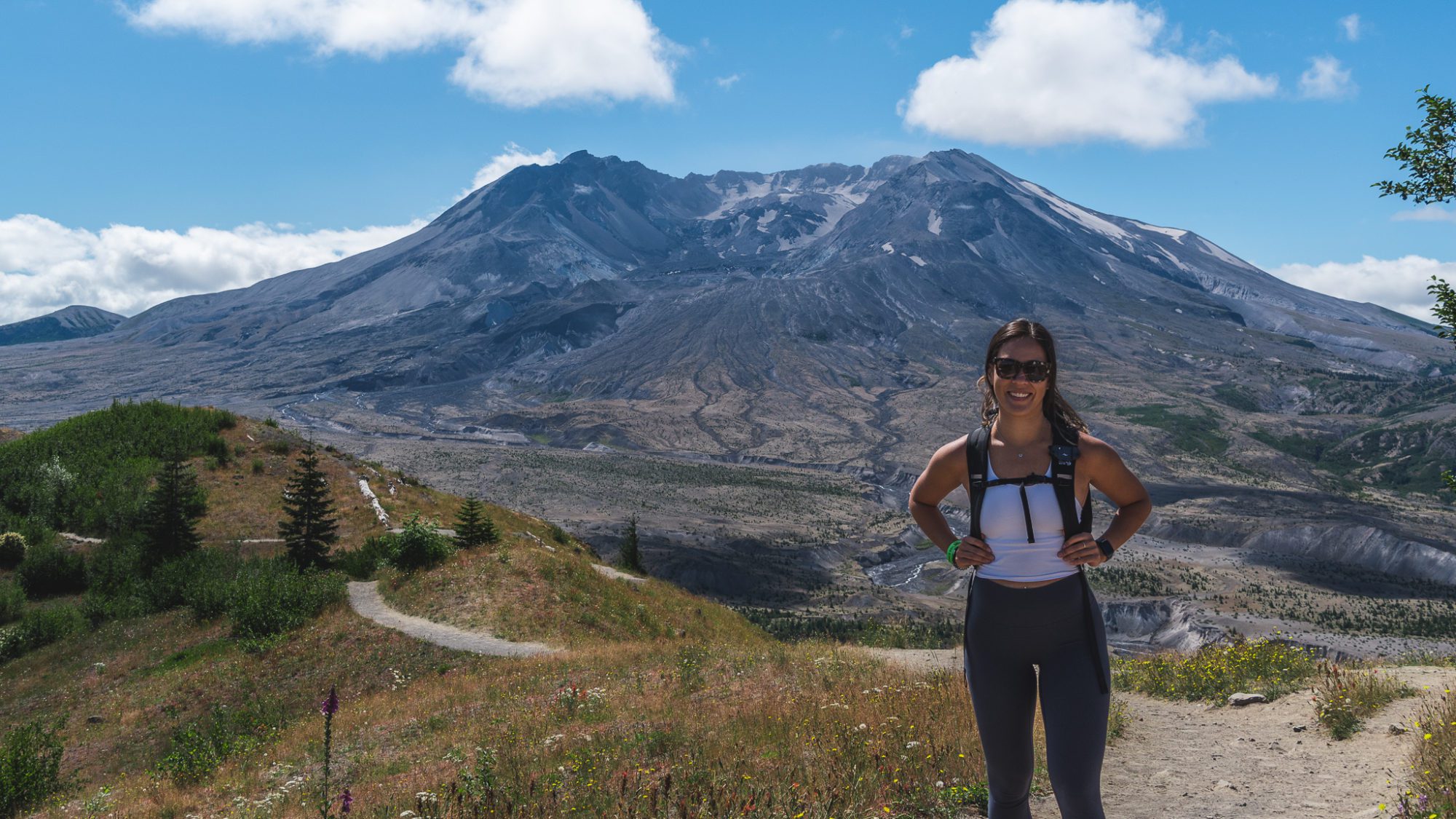Disclosure: Some of the links on this website are affiliate links, which means that I may earn a commission, at no cost to you, if you click on the link or make a purchase using the link. By using the affiliate links, you are helping support us, and we genuinely appreciate your support.
Table of Contents
Preparing for a Hiking Trip
So you’re interested in hiking, but maybe you’re not sure how to start or what to expect. Or you’ve been hiking once or twice before, but you’re still a beginner and want to feel more prepared. Well good news, this post is for you! We’ll be sharing 5 hiking tips for beginners.
Hiking is one of the most rewarding activities and is a great way to stay fit while exploring the outdoors. However, sometimes it can feel a little daunting if you’re just getting started. Where should I go? What should I wear? What should I bring? These are all great questions, and we’ve got you covered!

1. Plan Your Route
Before you even get started, you need to plan out your route and know where you’re going, how long it will take, and how difficult it is. Different hikes range greatly in terms of distance, difficulty, elevation gain, etc. You need to evaluate these aspects before hitting the trails.
As a beginner, I recommend starting with an easy hike, maybe something with less than 5 miles round trip and doesn’t have too much of an incline. It’s better to start small and gradually work your way up to more mileage and/or elevation gain. Weather can also have a significant impact on your hiking experience so always check the forecast and plan for worst case scenario.
Paper trail maps are a great way to find new hikes and are a great resource to bring with you in case you get lost. AllTrails is a great app that allows you to search and filter for hikes by location, difficulty level, mileage, etc. On the app, each trail also includes reviews from other hikers which are helpful to learn about the current trail conditions.

2. Tell Someone Where You’re Going
Now that you know where you’re going and approximately how long it will take you, you need to tell someone where you’re going. When you’re out hiking in the wilderness, you typically do not have cell service, and if something goes wrong and you’re not able contact anyone for help, you’re putting yourself in a really dangerous situation. But if you let someone know where you’re going, what time you will be leaving, and what time you expect to be back, they can contact Search and Rescue, who will be able locate you more easily with this information.
3. What to Wear
In terms of what to wear, I recommend you wear whatever you feel comfortable moving around in. There’s no strict rule as to what you can or can’t wear on the trails. But there are certain items of clothing that will make your experience more enjoyable.
We always avoid denim, as it can be very restrictive and uncomfortable. Clothing made of cotton is comfortable but holds on to water and sweat. We typically opt for outdoorsy/athletic wear made of synthetic fabrics (like polyester or nylon), which are great at wicking sweat and drying quickly. Merino wool is also a great fabric to wear for hot or cold weather.
Layering your clothing can be really helpful, especially in the colder seasons. This allows you to remove layers if you feel too warm or add more layers if you get cold or it starts to rain. A light rain jacket is a great item to either pack in your bag or wear over your layers if it’s raining. For the colder weather, we love a fleece jacket and/or a down jacket, which is extremely light but provides great insulation.

Let’s talk shoes. Shoes can make or break your experience when hiking. Comfort, traction, and support are all important factors to keep in mind. Hiking boots and trail running shoes are our go-tos when hitting the trails. When finding a pair of shoes, make sure you have an inch of space between your toes and the top of the insole. Overall, you want your shoes to be snug, but not too tight which will result in blisters and discomfort. It’s also important to find socks that are appropriate for whatever shoes you wear.
4. What to Pack
When you are hiking, it’s extremely important to be prepared, especially if you are hiking in the mountains or other areas that might have extreme weather conditions. I highly recommend bringing a day pack so that you can easily carry the 10 essentials (adjust accordingly depending on the length and environment of your hike):
- Extra Water: water bottles, water bladder, and/or water filter/purifier (electrolyte tablets are also great for staying hydrated on the trail)
- Extra Food: fuel for your hike is a must – trail mix, granola bars, dried or fresh fruit, and sandwiches are all great options
- First Aid Kit: pre-made first aid kits are great starters – we like to also include blister tape in ours
- Navigation: map, compass, or GPS device
- Emergency Shelter: tent, tarp, or emergency space blanket
- Fire: matches, lighter, tinder, or a fire starter
- Sun Protection: sunscreen, hat, and/or sunglasses
- Extra Clothes: weather conditions can change quickly and unexpectedly, bring extra layers for warmth and for rain/wind protection
- Light: if you get caught in the wilderness after dark, a headlamp (with extra batteries) is crucial
- Knife: knives are multipurpose – it’s also good to have a small gear repair kit
Bonus items to bring on your hike:
- 1 Gallon Zip Lock Bag and/or Dry Bag: Living in the PNW, it rains a lot and sometimes unexpectedly. Having a large zip lock bag and a dry bag allows me to put electronics in it (such as my phone, car keys, camera, etc.) and keep it dry just in case of rain
- Bear Spray: Recommended if you’re in an area where there’s bears. Make sure you know how to use it and can easily grab it from your pack if there’s an emergency

5. Pack-In, Pack-Out
This last tip is so important! We have the privilege of exploring and experiencing this beautiful planet and we have to do our part to keep it clean, protected, and untouched by humans as much as possible.
Whatever you pack in, make sure to pack it out and dispose of it properly. This includes any trash, food scraps (including fruit peels), and dog waste. Even if you have items that are biodegradable, pack it out. By each doing our part, we can preserve the environment for generations to come.

We hope you found these 5 hiking tips for beginners helpful! If you need help picking your next adventure, check out some of our hiking guides!
Happy Hiking!

Thanks for the article!